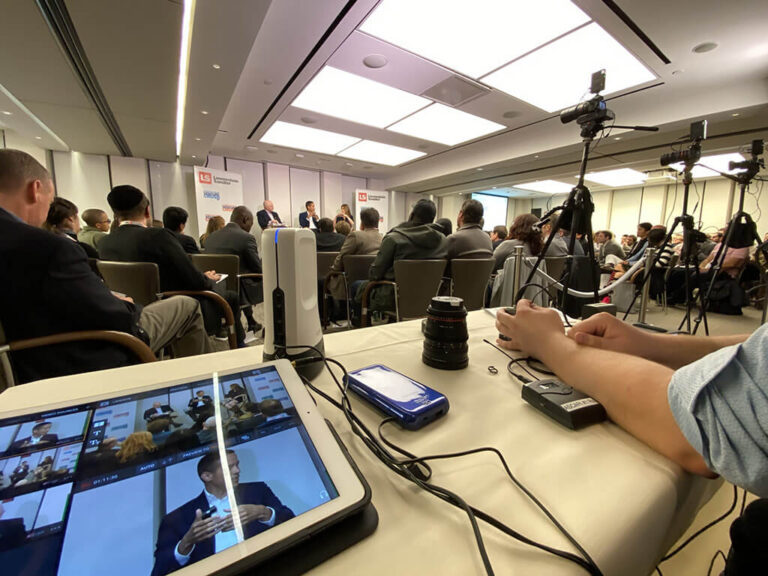Transforming Interaction Through the Seamless Integration of Virtual Experiences and Face-to-Face Interactions in Blended Events
Transforming Interaction Through the Seamless Integration of Virtual Experiences and Face-to-Face Interactions in Blended Events
Blog Article
Blended gatherings are becoming increasingly common as they merge the best elements of both physical and virtual encounters. This creative approach allows participants to engage with material and one another in manner that were not possible previously. By integrating VR technology into these events, organizers can create engaging experiences that boost engagement and interaction. This seamless blend of virtual and real-world elements can lead to more meaningful connections among attendees, whether they are there in person or participating remotely.
One of the key advantages of using virtual technology in blended events is the capability to create a common environment for all attendees. In a conventional setting, physical attendees might have entry to certain activities or experiences that remote attendees cannot enjoy. However, with virtual reality, everyone can explore the same digital space, regardless of their position. This technology allows for engaging displays, virtual connecting opportunities, and even game-like encounters that can captivate viewers. As a consequence, attendees feel more involved and engaged, leading to a richer overall encounter.
Moreover, virtual reality can help overcome barriers that often occur in blended events. For example, remote attendees may feel disconnected or disengaged from the central gathering. By incorporating virtual reality, organizers can create a sense of involvement that makes remote attendees feel as if they are part of the event. This can be achieved through features like digital avatars, which allow participants to connect with one another in live. Such interactions can encourage cooperation and networking, making it simpler for individuals to engage and exchange thoughts, no matter of their physical location.
In furthermore to enhancing engagement, the use of virtual reality in hybrid gatherings can also provide important insights and insights for organizers. By monitoring attendee engagements and actions within the virtual space, gathering organizers can collect data on what elements of the gathering were most captivating. This information can be used to enhance upcoming gatherings, ensuring that they satisfy the requirements and wants of participants. Grasping how attendees engage with both the digital and in-person components can lead to more effective gathering strategies and better overall experiences.
Finally, the integration of VR technology and physical engagements in blended gatherings represents a major change in how we conduct meetings and conventions. As technology continues to evolve, the potential for creating engaging and dynamic encounters will only increase. By adopting this check here innovative framework, gathering organizers can revolutionize the way people connect, educate, and work together. The prospects of blended gatherings is bright, and the seamless integration of VR reality will play a crucial part in defining that prospect.